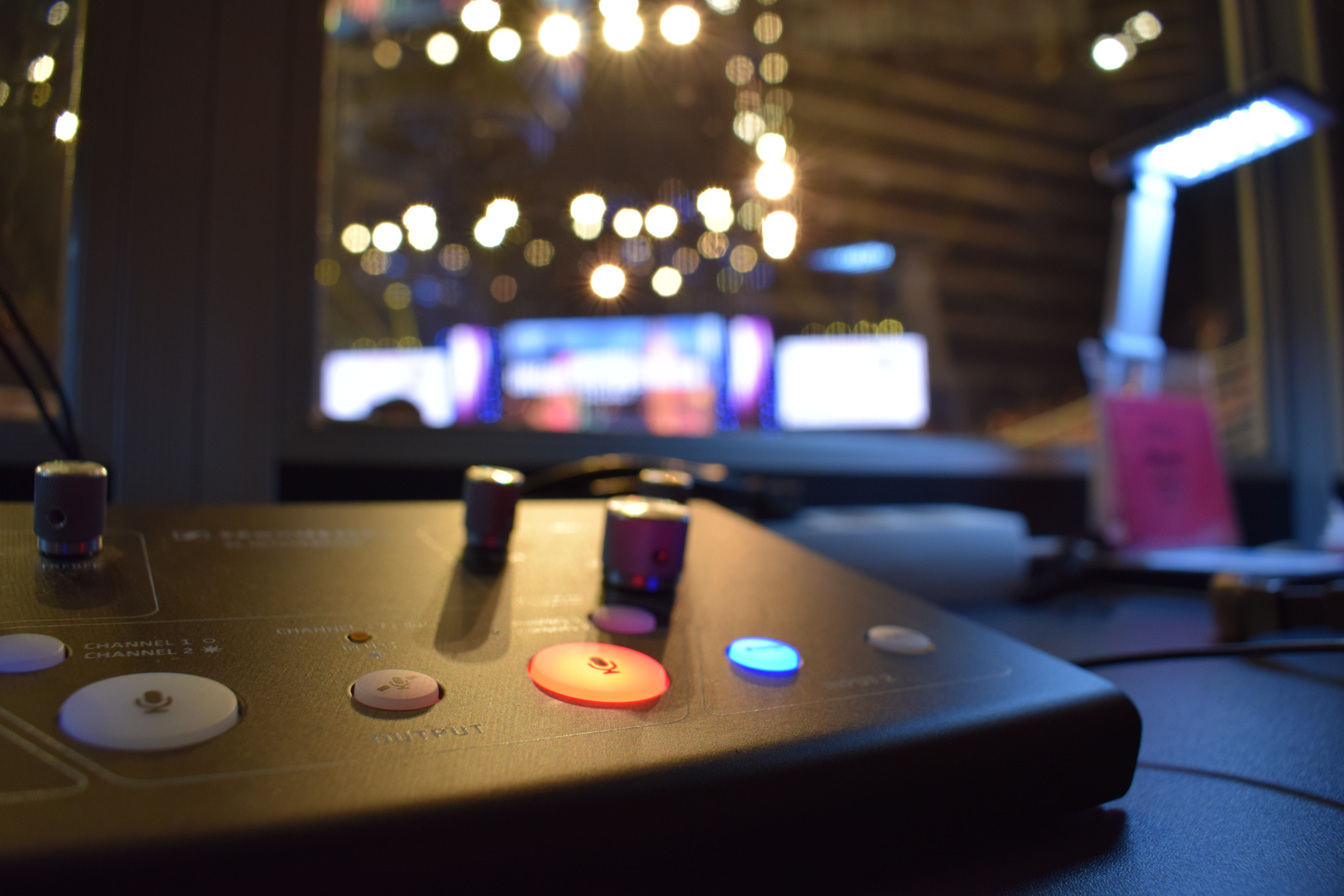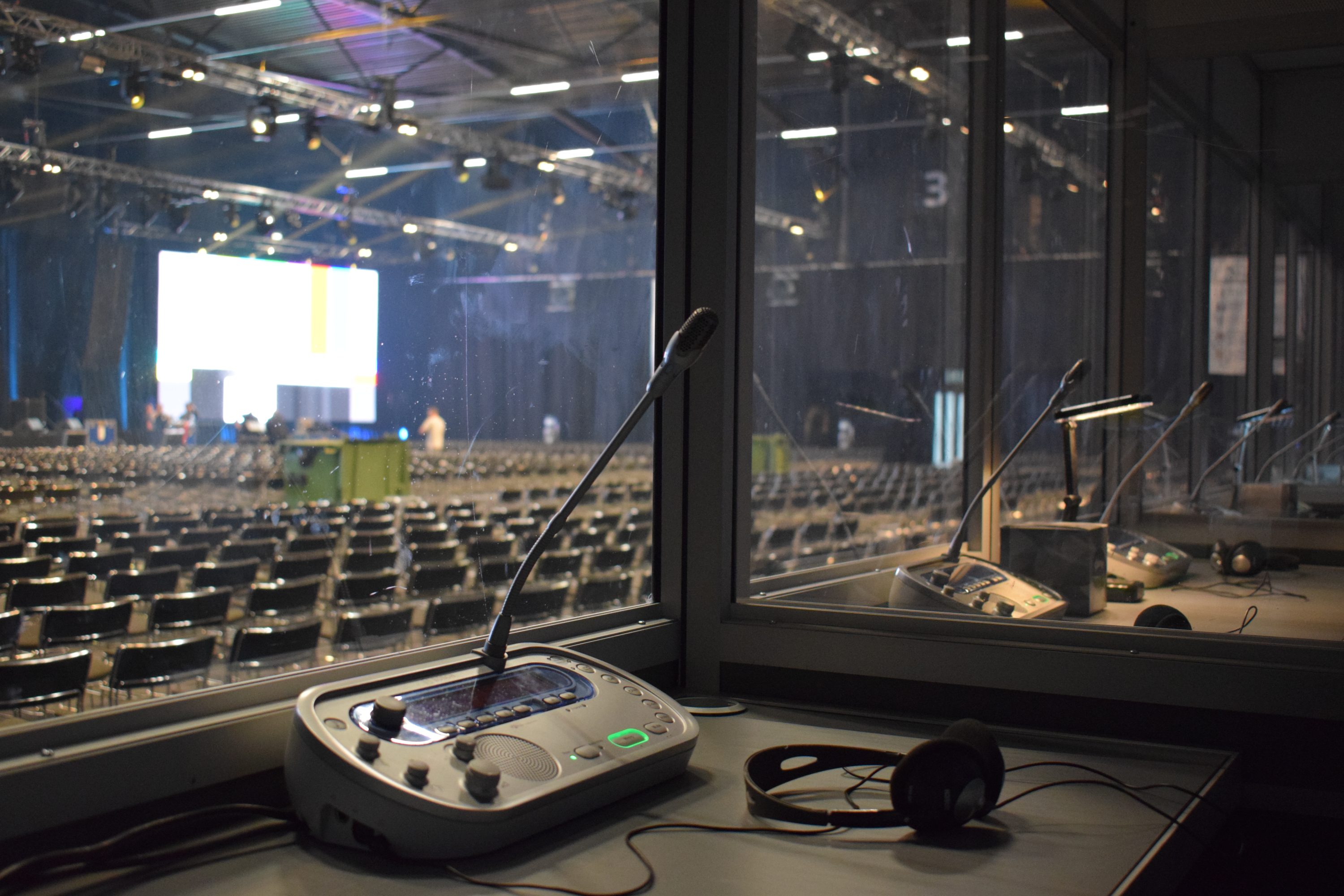C.S. Lewis once defined experience as
“That most brutal of teachers. But you learn, my god do you learn”.
And he was right, we all know with experience we learn both from our positive and negative experiences, with the positive experiences helping us to reaffirm what we are doing is the right thing to do, and with the negatives helping us to look for a way around to solve the problem that may have caused that experience to be considered as negative. What we consider is extremely important is to be able to turn an experience that may be heading into the direction of becoming a negative into a positive one. Experience helps greatly achieving this.
Our journey took off 26 years ago, and throughout this adventure we’ve been constantly learning. We believe in the concept of CANI, “Constant and Never Ending Improvement”. This is a concept we have acquired from Tony Robbins, one of our long standing raving fan clients, that we’ve been serving for over 20 years all over the world. In all kind of events, not just massive events but extreme events, where you had many listeners, many languages, booths on one place separated from the main room, and we had to provide our services for many different rooms simoultaneously. In this 26 years, we’ve learned so much we finally decided to go ahead and try to create our own system to provide it to events where we were aware major problems were being faced by organizers and nobody had found the magic formula to get rid of those problems once and for all.

The 3 major issues we identified as being the most bothersome for massive events organizers were the following: Queuing, black spots and cost of receiver loss.
Queuing
This directly impacts into the image or memory of the event the attendees will take with them home. If an event is interesting and we can learn a lot from it, it should be considered as a positive and memorable experience to take home with you and remember for years to come. But, and this is a big but, if when the event is over (usually late in the evening) and we want to get home asap we have to queue for a long time in order to leave the premises, all the positive input we had up to that moment could be suddenly turned into a negative perception of the whole experience, causing that we take home with us the memory of what made that event negative instead of what made it a positive experience due to this last inputs, which can actually be avoided.Long queues usually happen naturally at the end of events with simultaneous translation as receivers are generally handed out in exchange of some kind of ID (ID card, Passport or in some cases even a deposit), and obviously that ID or money has to be recovered at the end of the event. One by one, the receivers are returned, then the person has to look for the ID matching that receiver and hand it over to the person waiting in line. When there are thousands trying to vacate the premises in a rush, people can get pretty vocal expressing their frustration and easily spread this feeling of helplessness amongst other attendees.
Since our real objective is turn the whole event into a positive experience,, it is a pity this is a stain that may affect the final perception people take home with them, and it is very advisable to try and avoid it.
Being aware of this, we developed a system whereby queues are no longer a problem, as no ID is required when dealing with the receivers and the receivers can actually be taken home with you as a souvenir of this memorable and outstanding gathering, if the attendee is left with an overall positive feeling when the whole experiece finishes, that is the feeling they will take home and remember the event by. With our system, this potential liability has been turned into a real asset and a strong differentiating factor that makes the organizer stand out from other regular organizers. No longer a problem.
Black spots
While the more “traditional” digital system used in simultaneous translation causes no problems in small spaces, when it has to cover large areas and specially huge ones the problems start. Need to configure delays between radiators, make sure radiators are set at precisely the right angle before the trusses are brought up because they won’t be coming down again and it is nearly impossible to reset the radiators, so when the truss is up, the die is cast. This, added to the fact that even the color of the room or the material walls are made of will have a significant impact on the performance of the whole system makes the chances of having “black spots” in the room where signal is weak or non-present very likely. With our system, this issue is not a problem anymore. Our signal is guaranteed to reach the whole room with exactly the same strength and clarity. Walls won’t affect the signal in the room at all. Furthermore, the signal can be clearly received even outside the main room. If people need to leave for a bathroom break or to enjoy some snacks at the food stands around the venue, they can still keep listening to the interpretation of the event. They may not have direct line of sight to the speaker, but they surely have direct line with the interpretation signal. This is great because allows people not to miss anything that is being said on stage. You’ll be surprised on how long can our equipment cover if we set it at the maximum strength. So, with our system, there are no black spots. But not just on the room, but on the whole venue!
We have a vast experience with both systems and one of the largest stocks of equipment in the world. Both in the traditional digital system and our in house developed system. On many big conventions, we combine both systems, our own system for the main room and digital system for parallel discussion where confidentiality is required, as the digital signal stays in the room. We also have portable systems for special needs inside or outside the venue.
Cost of receiver loss
This is an extremely important matter to take into consideration, as this can literally bankrupt the organizer of an event. The cost per receiver loss in the more “traditional” system is extremely high because the manufacturing cost of the receivers is high as well. We are talking 300€ (350 USD) for each receiver. If there are 7,000 receivers and only 2% of the receivers are lost or damaged(which is more than likely to happen), this would mean a cost for the organizer of 42,000 €, and this is if only 2% is lost. The truth is the organizer would be lucky if only 2% is lost. Taking this into account, we can say worrying about this probable extra cost is something any event organizer would be happy to get rid of. And that is exactly what we have achieved with our own system. The organizer can rest assured we can make the cost for receiver loss to be exactly 0€ (0USD), as attendees will buy the receiver as a souvenir to take home with them, being able to say with our system receiver loss is no longer an issue.We also have some alternative methods where the loss of our receivers could go down to 85 USD or even less.
So, by this point it should be clear we have developed a system where we can help organizers dealing with the simultaneous translation. Don’t hesitate and get in touch with us so that we can study together how can we help you bring your event to the next level and leave all attendees with a good impression. This last point is of the essence for us because the whole trick is for attendees to have amemorable and pleasurable experience. We have learned that learning is naturally linked to pleasure and linking it to any kind of pain dampens the whole process. That is why this 3 points (Queuin, black sspots and receiver loss) should be dealt with in advance. There is nothing worse than having an excellent event where everything works reakky well and then having to charge you (and you have to charge your clients).
You can drop us a line at Live Support